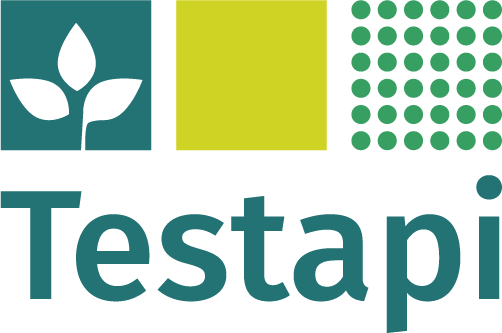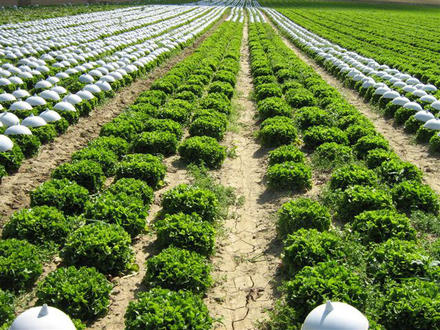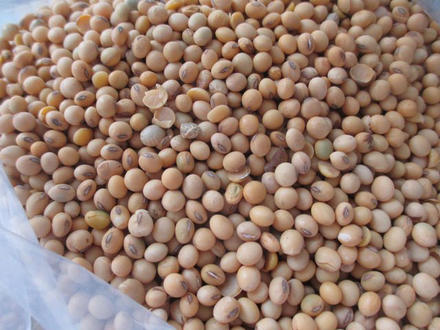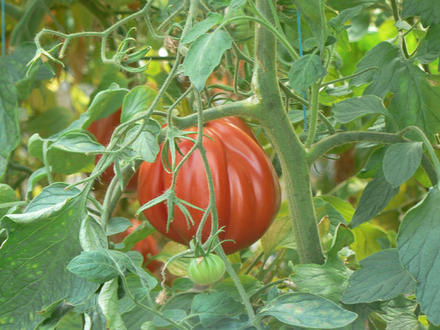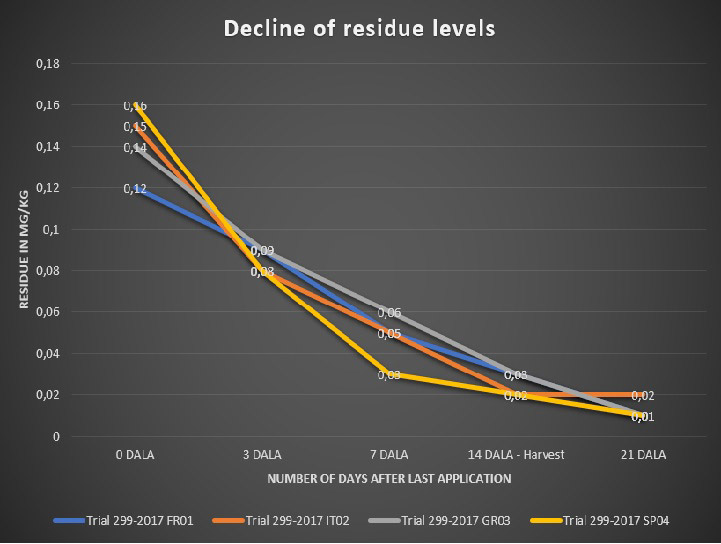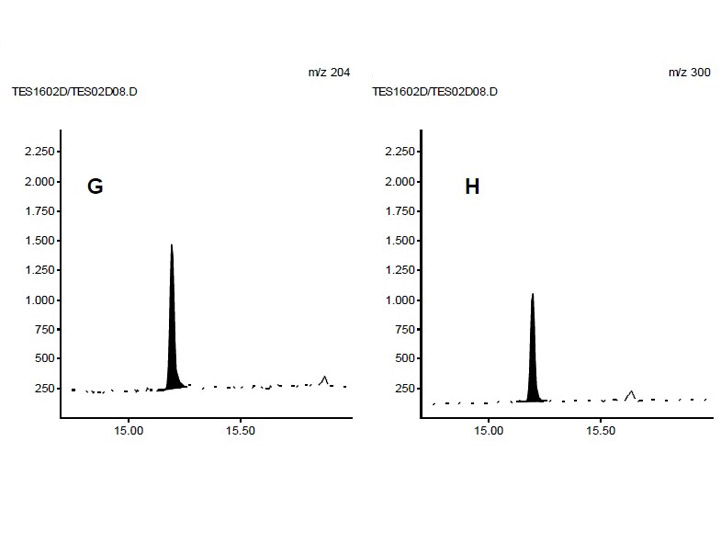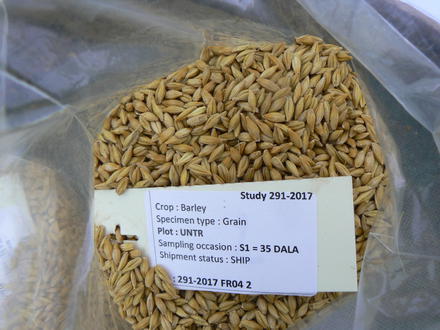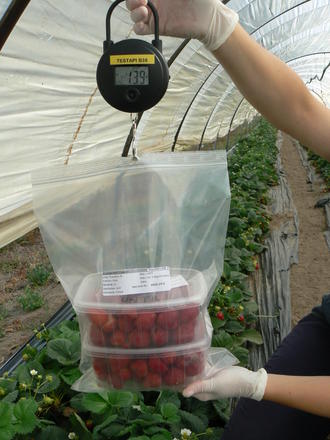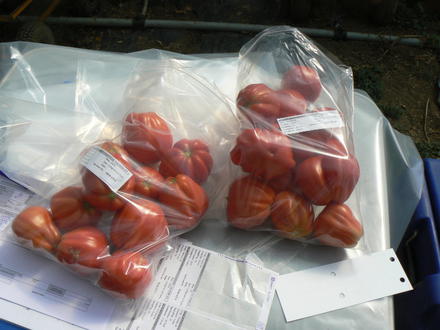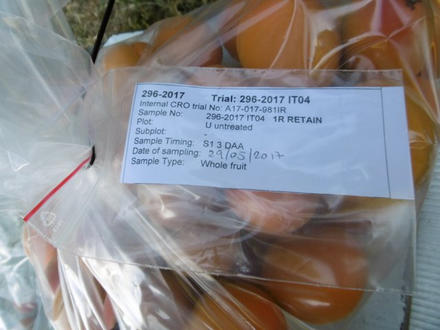Crop residue studies
With more than 20 years of experience, Testapi study directors and managers have a wide agronomic experience of many open-field and protected crops grown all around Europe.
GLP crop residue studies are conducted to determine the magnitude of the pesticide residue in raw agricultural commodities. Specimens of Raw Agricultural Commodity are sampled from fields treated with PPP or from commodities treated post-harvest and analyzed in a suitable analytical laboratory, equipped to run the analytical method.
Study objectives
- to quantify the expected range of residue(s) in crop commodities following treatment according ot the sponsor good agricultural practices (GAP).
- to determine the rate of decline of the residue(s) of plant protection product(s) on commodities of interest.
- to determine residue values such as the Supervised Trial Median Residue (STMR) and Highest Residue (HR) for conducting dietary risk assessment.
- to derive maximum residue limits (MRLs).
Trial type
Harvest trials consist of analyzing the residue of an active substance in specimens sampled at commercial harvest from field plot treated with a PPP at a certain rate and timing.
In Decline Curve trials, RAC specimens are sampled at various timings between PPP application until harvest. These trials are necessary for uses where the PPP is applied when the edible portion of the crop has formed or when it is expected that residues may occur on the food or feed commodities at or close to earliest harvest time.In Decline Curve trials, RAC specimens are sampled at various timings between PPP application until harvest. These trials are necessary for uses where the PPP is applied when the edible portion of the crop has formed or when it is expected that residues may occur on the food or feed commodities at or close to earliest harvest time.
Reverse Decline Curve trials involve applications being made to separate plots at different time intervals from the targeted commercial harvest date. Specimens are simultaneously harvested at commercial harvest but resulting in different intervals from last application to harvest.Reverse Decline Curve trials involve applications being made to separate plots at different time intervals from the targeted commercial harvest date. Specimens are simultaneously harvested at commercial harvest but resulting in different intervals from last application to harvest.
Sites selection
With more than 15 years of experience, Testapi study directors and managers have a wide agronomic experience of many open-field and protected crops grown all around Europe.
Field and analytical sites are selected to guarantee a variety of agronomic situations as requested by the guidelines. When not performed in-house, Testapi selects the most appropriate partners through a network of reliable field partners and laboratories able to cope with various analytical methods and technics.
Testapi pays extreme attention to all phases of the study, especially critical phases such as PPP application, specimen collection, shipment and analyses.
Field operations
Applications of the test item are performed at trial scale with equipment simulating farm equipment. GLP dedicated equipment is cleaned and calibrated before each application.
Sampling of field specimens is a critical phase. Specimens have to be representative of the whole plot in order to provide residue results fairly representative of the tested GAP. Furthermore, specimens should not be contaminated and thus managed with extreme care. Specimens are frozen rapidly after sampling in order to avoid any loss of the active substance during storage between sampling and analyses.
